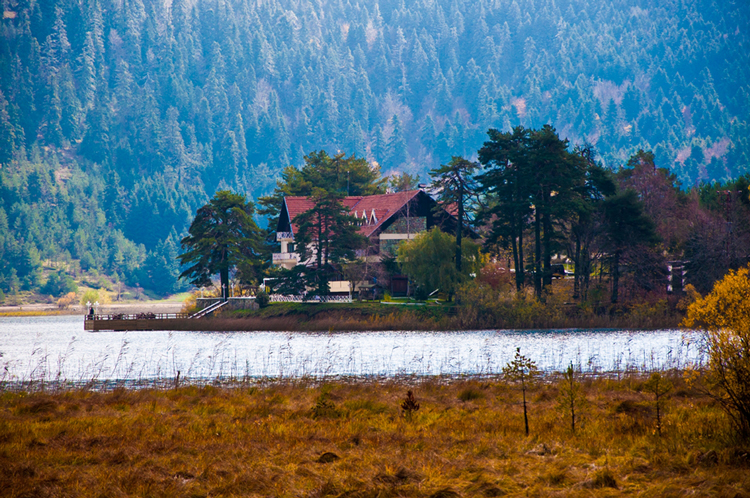OEB Encourages Expansion of Natural Gas Distribution

The Ontario Energy Board recently issued a letter inviting interested parties to make proposals for the expansion of natural gas service to unserved rural and remote communities in Ontario. The OEB signaled that it is open to considering new and creative approaches to cost recovery, taking into account the challenges of current regulatory policies for such projects. The OEB's February 18, 2015 letter is found here.
The impetus for encouraging the expansion of natural gas service to unserved communities comes from the Ontario government. Within the 2013 Long Term Energy Plan, the government signaled a commitment to expanding the access to affordable supplies of natural gas for all Ontarians. This was expected to give consumers more choice, attract new industry and benefit agricultural producers. To assist, the government indicated that it would implement a new Natural Gas Access Loan of up to $200 million to help communities partner with utilities and a $30 million Natural Gas Economic Development Grant to accelerate projects with clear economic development potential. No details have been announced about the loan and grant programs. However, the Minister of Energy indicated in a February 2015 letter that the Ministry of Economic Development, Employment and Industry was in the early stages of designing those programs.
As indicated in the OEB's letter, the current natural gas expansion policy from the EBO 188 Report on Natural Gas Distribution System Expansion may be limiting for rural and remote communities. This is because a natural gas distributor must ensure that its portfolio of new connection projects achieves a "profitability index" (or PI) of 1.0. In practical terms, this requires that the projects generate sufficient revenue over their lifespans in order to cover the associated costs. The revenue can be achieved through rates and through capital contributions from customers being connected. This approach prevents existing ratepayers from cross-subsidizing the new projects.
It is fair to assume that the existing EBO 188 policy is a barrier to connecting some remote and rural communities. Otherwise, those communities would have been connected already. Considering the high cost of constructing connecting pipelines to such communities, along with the relatively small number of ratepayers who will receive service, it is clear that large capital contributions from the communities would be needed to achieve a PI of 1.0, or anything close.
The OEB's letter asks proponents with planned projects to identify options for addressing regulatory issues and facilitating new connections. Among the ideas listed by the OEB are surcharges to new customers and a lowering of the PI thresholds from EBO 188. The OEB indicates that proponents should incorporate flexibility into their proposals and should minimize the impact on existing natural gas ratepayer from new expansion projects.
To date, there have not been any public applications or proposals in response to the Board's letter. It may be that such proposals await the details of the Government's loan and grant program. One interesting thing to note is that the OEB has invited proposals from any interested proponents and has not limited itself to existing natural gas distributors. Therefore, it is possible that new proponents beyond the current five natural gas distributors may seek to connect new communities.

